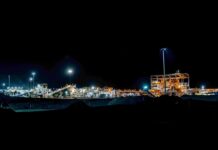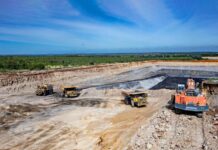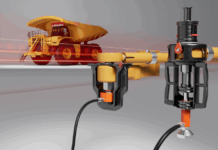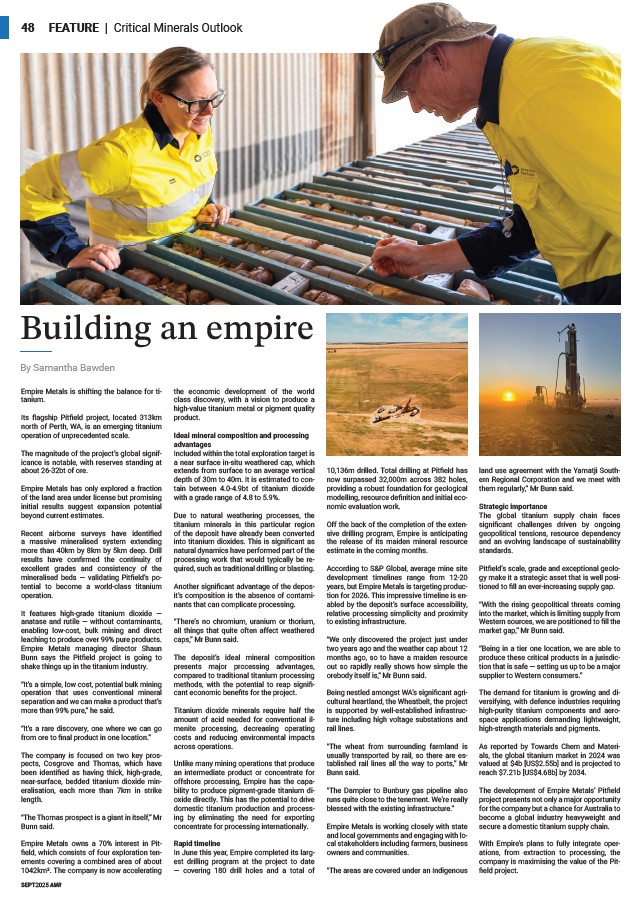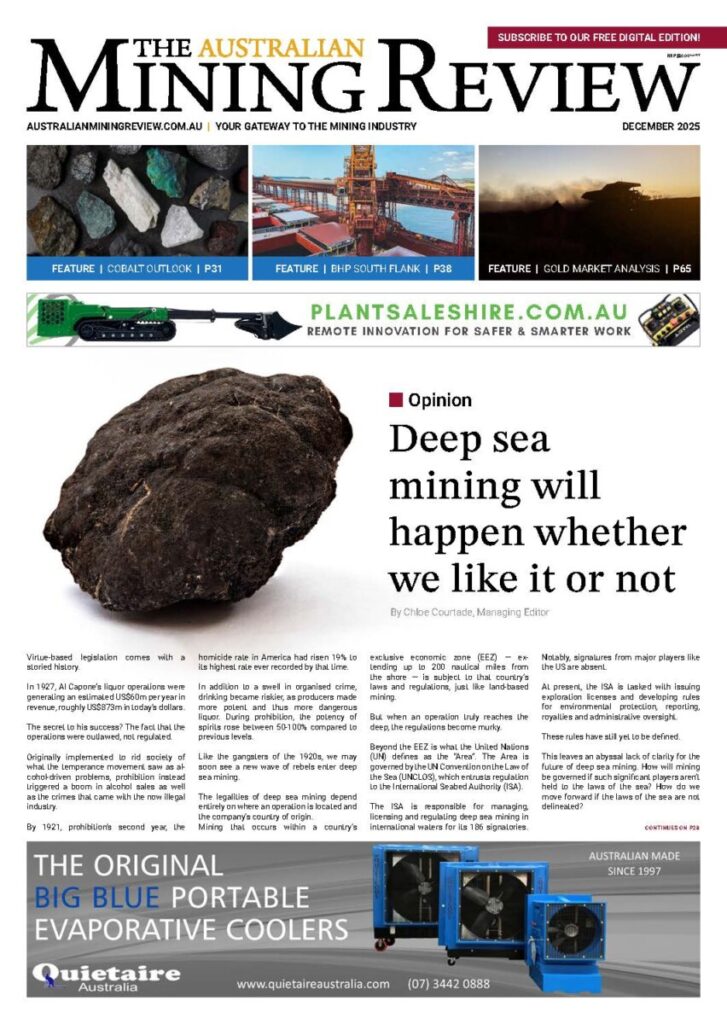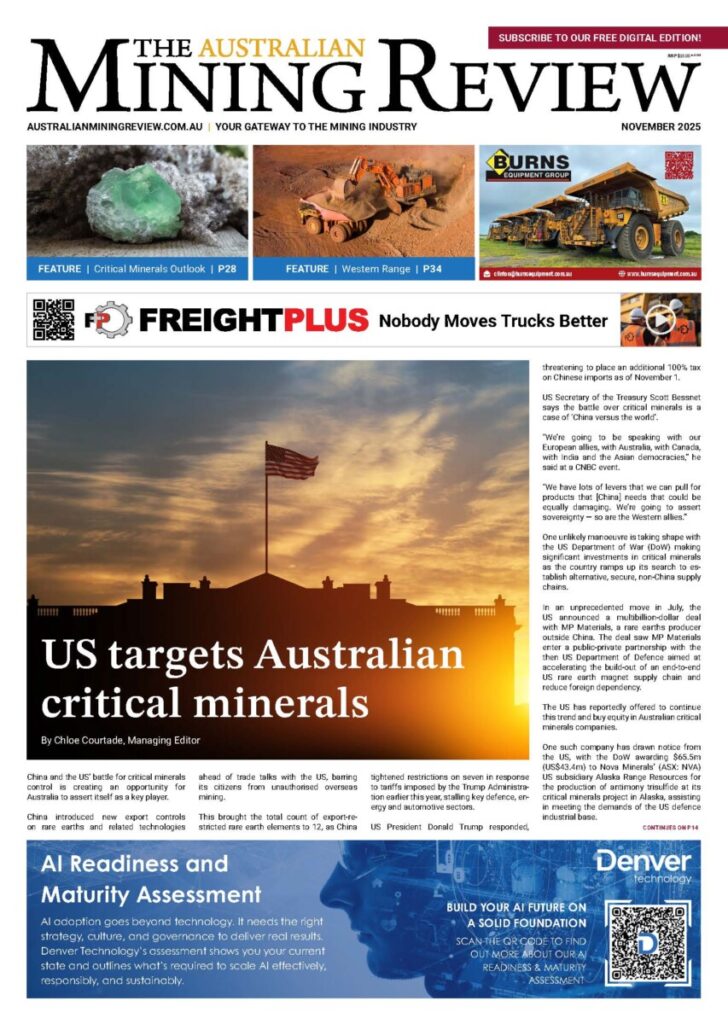Building an empire
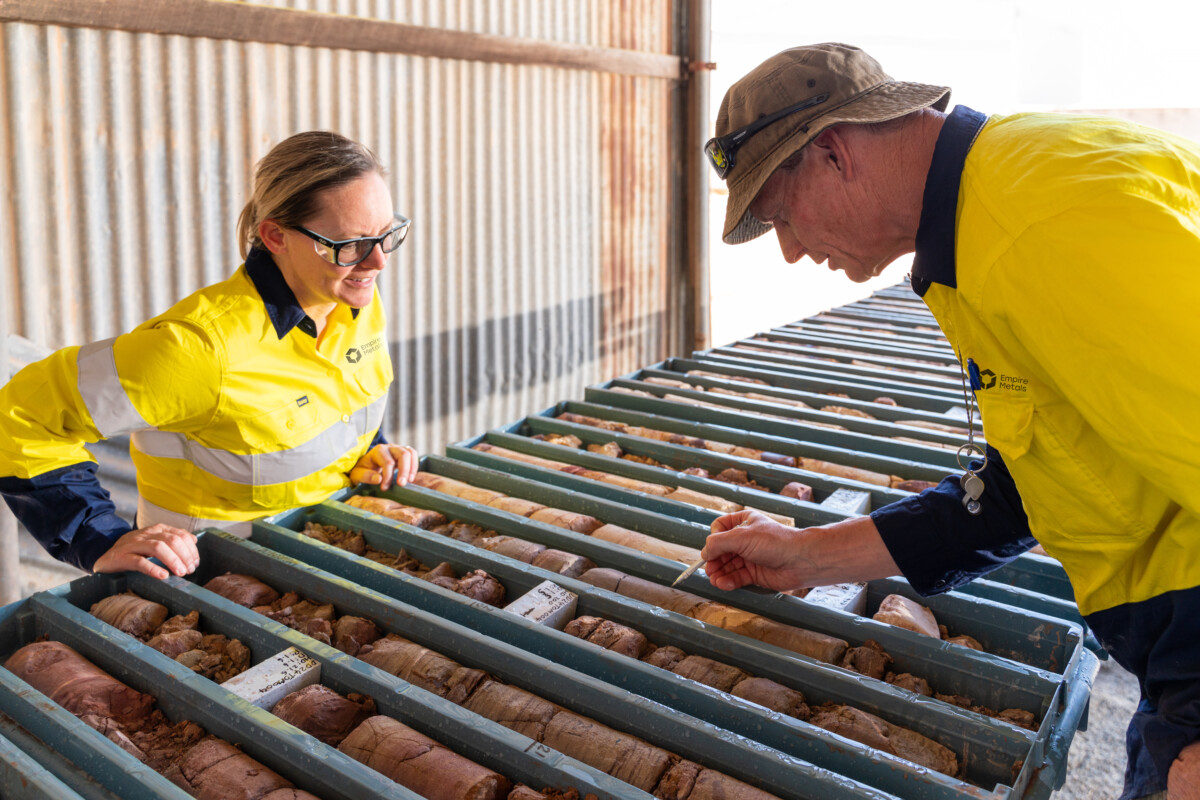
Empire Metals is shifting the balance for titanium.
Its flagship Pitfield project, located 313km north of Perth, WA, is an emerging titanium operation of unprecedented scale.
The magnitude of the project’s global significance is notable, with exploration target standing at about 26-32bt of ore.
Empire Metals has only explored a fraction of the land area under license but promising initial results suggest expansion potential beyond current estimates.
Recent airborne surveys have identified a massive mineralised system extending more than 40km by 8km by 5km deep. Drill results have confirmed the continuity of excellent grades and consistency of the mineralised beds — validating Pitfield’s potential to become a world-class titanium operation.
It features high-grade titanium dioxide — anatase and rutile — without contaminants, enabling low-cost, bulk mining and direct leaching to produce over 99% pure products.
Empire Metals managing director Shaun Bunn says the Pitfield project is going to shake things up in the titanium industry.
“It’s a simple, low cost, potential bulk mining operation that uses conventional mineral separation and we can make a product that’s more than 99% pure,” he said.
“It’s a rare discovery, one where we can go from ore to final product in one location.”
The company is focused on two key prospects, Cosgrove and Thomas, which have been identified as having thick, high-grade, near-surface, bedded titanium dioxide mineralisation, each more than 7km in strike length.
“The Thomas prospect is a giant in itself,” Mr Bunn said.
Empire Metals owns a 70% interest in Pitfield, which consists of four exploration tenements covering a combined area of about 1042 km². The company is now accelerating the economic development of the world class discovery, with a vision to produce a high-value titanium metal or pigment quality product.
Ideal mineral composition and processing advantages
Included within the total exploration target is a near surface in-situ weathered cap, which extends from surface to an average vertical depth of 30m to 40m. It is estimated to contain between 4.0-4.9bt of titanium ore with a grade range of 4.8 to 5.9%.
Due to natural weathering processes, the titanium minerals in this particular region of the deposit have already been converted into titanium dioxides. This is significant as natural dynamics have performed part of the processing work that would typically be required, such as traditional drilling or blasting.
Another significant advantage of the deposit’s composition is the absence of contaminants that can complicate processing.
“There’s no chromium, uranium or thorium, all things that quite often affect weathered anatase caps,” Mr Bunn said.
The deposit’s ideal mineral composition presents major processing advantages, compared to traditional titanium processing methods, with the potential to reap significant economic benefits for the project.
Titanium dioxide minerals require half the amount of acid needed for conventional ilmenite processing, decreasing operating costs and reducing environmental impacts across operations.
Unlike many mining operations that produce an intermediate product or concentrate for offshore processing, Empire has the capability to produce pigment-grade titanium dioxide directly. This has the potential to drive domestic titanium production and processing by eliminating the need for exporting concentrate for processing internationally.
Rapid timeline
In June this year, Empire completed its largest drilling program at the project to date — covering 180 drill holes and a total of 10,136m drilled. Total drilling at Pitfield has now surpassed 32,000m across 382 holes, providing a robust foundation for geological modelling, resource definition and initial economic evaluation work.
Off the back of the completion of the extensive drilling program, Empire is anticipating the release of its maiden mineral resource estimate in the coming months.
According to S&P Global, average mine site development timelines range from 12-20 years, but Empire Metals is targeting production for 2026 with commercial scale production by 2030. This impressive timeline is enabled by the deposit’s surface accessibility, relative processing simplicity and proximity to existing infrastructure.
“We only discovered the project just under two years ago and the in-situ weathered cap about 12 months ago, so to have a maiden resource out so rapidly really shows how simple the orebody itself is,” Mr Bunn said.
Being nestled amongst WA’s significant agricultural heartland, the Wheatbelt, the project is supported by well-established infrastructure including high voltage substations and rail lines.
“The wheat from surrounding farmland is usually transported by rail, so there are established rail lines all the way to ports,” Mr Bunn said.
“The Dampier to Bunbury gas pipeline also runs quite close to the tenement. We’re really blessed with the existing infrastructure.”
Empire Metals is working closely with state and local governments and engaging with local stakeholders including farmers, business owners and communities.
“The areas are covered under an Indigenous land use agreement with the Yamatji Southern Regional Corporation and we meet with them regularly,” Mr Bunn said.
Strategic importance
The global titanium supply chain faces significant challenges driven by ongoing geopolitical tensions, resource dependency and an evolving landscape of sustainability standards.
Pitfield’s scale, grade and exceptional geology make it a strategic asset that is well positioned to fill an ever-increasing supply gap.
“With the rising geopolitical threats coming into the market, and limited supply from Western sources, we are positioned to fill the market gap,” Mr Bunn said.
“Being in a tier one location, we are able to produce these critical products in a jurisdiction that is safe — setting us up to be a major supplier to Western consumers.”
The demand for titanium is growing and diversifying, with defence industries requiring high-purity titanium components and aerospace applications demanding lightweight, high-strength materials and pigments.
As reported by Grand View Research, the global titanium market in 2024 was valued at $38.74b [US$25b] and is projected to reach $57.34b [US$37.b] by 2034.
The development of Empire Metals’ Pitfield project presents not only a major opportunity for the company but a chance for Australia to become a global industry heavyweight and secure a domestic titanium supply chain.
With Empire’s plans to fully integrate operations, from extraction to processing, the company is maximising the value of the Pitfield project.






